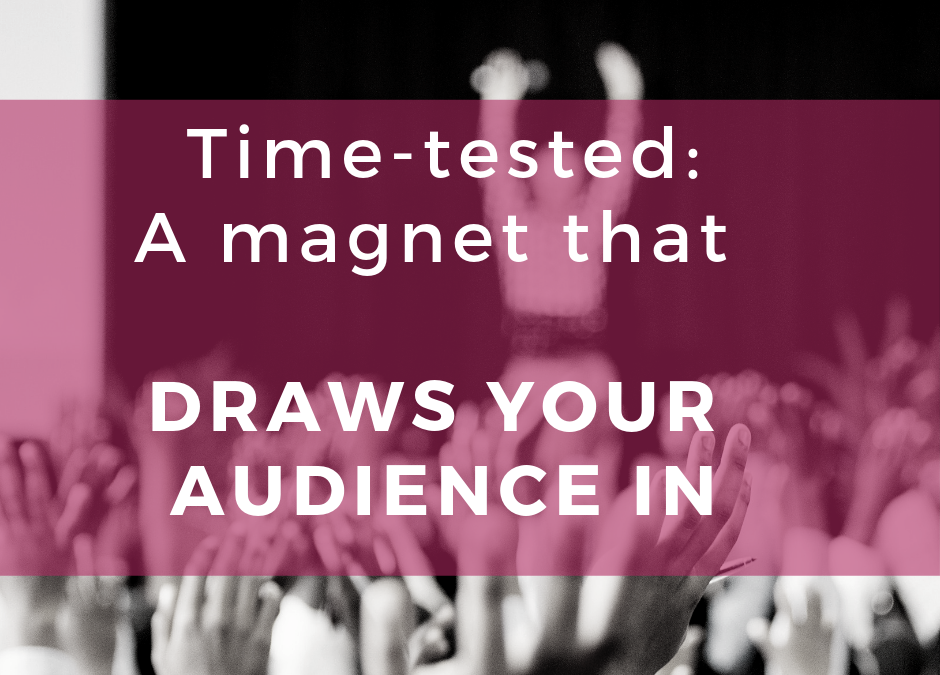Do you crave instant connection with your ideal reader?
Like, within 10 seconds into your message, it just “clicks,” and your reader knows she wants you in her life?
I feel you, totally.
You’ve put in so much passion into your business. You’ve done the time. You’ve spent the resources.
Now, all you need is to sell.
So, how do you do that?
Tell A Story.
I was scrolling through my Facebook feed one afternoon in October 2017 and saw “Me Too” on a friend’s timeline?
Do you remember it, too?
At first, it didn’t mean anything. But then I saw it on another friend’s timeline and I was like, “Is this a new fad or something?”
Within days, I realized that this wasn’t just some trending hashtag.
It was millions of women connecting to one woman’s story.
Because she told it.
That movement exploded into something bigger than itself.
And that is the power of story.
But what is it about storytelling that makes it the perfect connector?
To answer the question, I’d like to reference the most influential man of all time, according to ranker.com
Jesus was known for his effective use of stories. In fact, it was said that he would not teach without an illustration.
You probably know a few of these, like the parable of The Prodigal Son (a lesson in forgiveness), and the parable of The Talents (a lesson in resourcefulness and accountability).
When Jesus spoke, people often reacted in the following typical ways:
– They listened with rapt attention to everything he had to say.
– They valued listening to him over their own needs, such as food.
– Some admitted that they had never heard anyone speak like him.
Many remembered his words, years after he had said them.
Which leads us to the question: Why is storytelling such a potent audience engagement-slash-marketing tool?
Storytelling breathes life into your brand.
 It gives your brand a personality – a face your reader can identify with, an insight into who you are. You instantly become more believable, more human. Your audience knows you. When you tell a story, you also position yourself as a friend that your ideal client needs. Like me, you probably hate emails from big name brands. I don’t even give them the second look; I just delete. Reason? Because I do not know them. And getting a mail from someone you don’t know feels spammy.
It gives your brand a personality – a face your reader can identify with, an insight into who you are. You instantly become more believable, more human. Your audience knows you. When you tell a story, you also position yourself as a friend that your ideal client needs. Like me, you probably hate emails from big name brands. I don’t even give them the second look; I just delete. Reason? Because I do not know them. And getting a mail from someone you don’t know feels spammy.
Storytelling establishes an emotional connection with your reader
It lets you strike an emotional chord in your ideal client, in a way that nothing else can. When it comes to purchase decisions, people buy based on emotion first, and then they justify it with logic. It’s a weird science but yes, that’s the way it is. Sharing a story opens up a line of communication that brings your ideal reader closer to you. And lays a groundwork you can build on. Why? Because you show her that you know where her shoe pinches. You understand her pain. That is what makes her fall in love with you.
Storytelling takes your ideal client through a journey she yearns to experience.
Storytelling allows your reader to imagine what her future would be like, if she lets you into her life today. How?
Well, if you’ve been through a similar trial and triumphed, chances are, you’re more qualified to lead her to her own triumph too. You become the crusader that she so badly needs to fight her cause. You win a loyal fan. She trusts you. And that’s what all great relationships are about, isn’t it – the Know, Like, Trust factor?
How do you proceed with storytelling?
How do you get to the point where your ideal client says, “me too?”
Like:
“Me too. I’m in the same situation. Please help me get out”
“Me too. I want to be where you are now.”
“I’m so pumped. If you could do it, I can do it”
Sharing a story doesn’t have to be tedious. It could be as simple as an experience you had over the weekend. It could also be as elaborate as your life story. Or something as brief as a dialogue you had with someone and the lessons you learnt from it.
The whole idea is to make a connection. If that’s your goal, the tips below can help.
Define your objective
What do you want to achieve? That will determine how you tell your story. Some tell their (real)life experiences. Others paint scenarios. Others create fictional (but true-to-life) situations. Whatever you choose, be sure to draw parallels and make your point clear. Do not feel compelled to tell it all in one go. Tell only the part that applies to the point you want to make.
Create your Attractive Persona
Create your attractive persona – the main character of your story – because it gives your reader someone to look up to. Sort of, a role model. This could be you. Or their future self (after they’ve worked with you). This gives her power and positions her as the hero of her own story. Who doesn’t want that?
Choose your angle
What angle do you want to approach your story from? In his book, Dotcom Secrets, marketing guru, Russell Brunson, suggests a few. Here are my favorites:
Before and After Example – (First I was this. Now I’m that.) Weight loss stories are a perfect example of this.
Loss and redemption Example – (I used to be rich. Then a recession happened and I lost everything. But I was able to find my way back up. Here’s what I learned in the process and I can help you too).
Epiphany Example – (I was talking with my mum the other day and noticed a spider vigorously spinning a web across our kitchen window. Suddenly it occurred to me that…(reveal your lesson-slash-discovery).
Your story doesn’t have to be about you
Sometimes, your personal story won’t work the magic. Use other people’s story. Or third person testimonials. This can further boost your credibility.
Make It A Promise of Value
Keep in mind your main goal for telling the story in the first place – selling, relationship building, etc. Make sure that your story directs people to the value that you offer. It should lead your readers up to the point where the next logical thing to do is buy from you. Or don’t tell it at all.
Take your reader through a journey
 Paint pictures. Paint a picture of where your ideal client is right now and create a snapshot of where she wants to be. Sort of, give her a peek at what’s possible, working with you. Imagine that your reader is stuck in the rain, for example. The rain is beating her silly and she’d right now give anything to get a bit of sun. Your job as the storyteller is to guide (always guide) her towards sunshine and your story will be the argument that will guide her to saying, “yes.”
Paint pictures. Paint a picture of where your ideal client is right now and create a snapshot of where she wants to be. Sort of, give her a peek at what’s possible, working with you. Imagine that your reader is stuck in the rain, for example. The rain is beating her silly and she’d right now give anything to get a bit of sun. Your job as the storyteller is to guide (always guide) her towards sunshine and your story will be the argument that will guide her to saying, “yes.”
Be YOU
Be natural. Be You. People can often see through a mask. So drop anything that suggests perfection. It won’t serve you. Share your character flaws. And being vulnerable is not bad, but do it cautiously; not everyone loves sappy stories.
The ability to tell a good story can be mastered. And when you do, you become a selling powerhouse on your own.
PS:
If you’re curious about how storytelling can attract people to your brand, feel free to follow my blog. You’ll find it a resource on all things storytelling.

